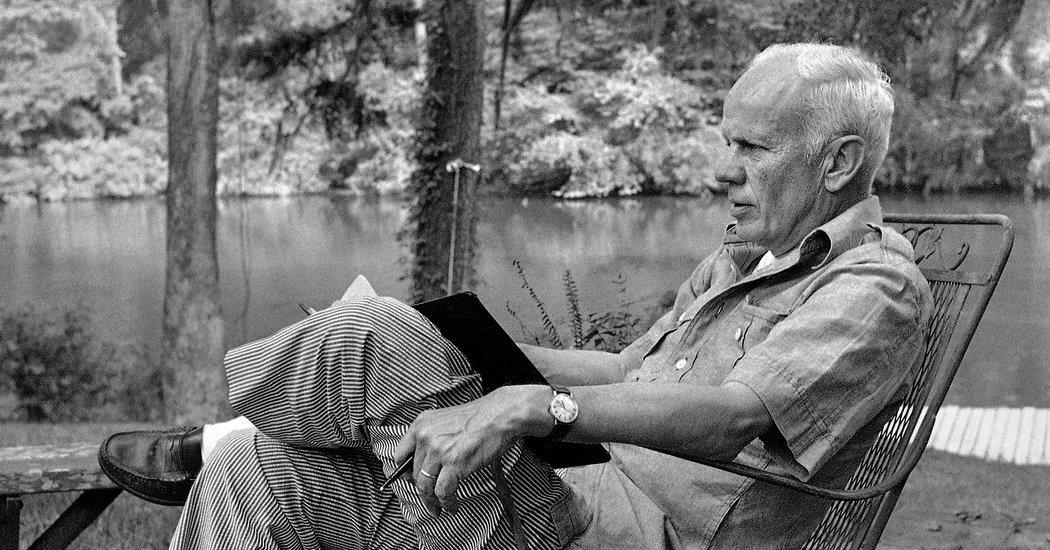An essay by Greig Roselli reprinted from Canon Magazine
In the Theatetus Plato writes, “philosophy begins in wonder” (155d). The Greek is θαῦμα which translates as “puzzle,” “problem,” or simply, a “marvel”. The definition suggests to wonder is “to solve a conundrum.” In this sense, θαῦμα carries with it an active puzzle-solving. Wonder is open to activity but is also somehow passive in its reflection. I say this because to wonder means both to reflect, to bring a thought into motion, and also, the active thinking of the thought, which we call roughly, the idea. The quip, then, “Philosophy begins in wonder,” seems to suggest a something that originates in a person who wonders, like the birth of an idea, and rises to the surface — call it consciousness, and it is there, an eureka moment, “ah ha!” I got it! Archimedes sat in his tub, noticed that the water level rose equal to the volume of his own body. Before Archimedes’s discovery, an object’s displacement of water was a mystery, something to be puzzled out. Is wonder then what allows us to rise above Baudelaire’s animal who is stupid in his sleep? Wonder, then, is the origin of an eureka moment. Isn’t this what we do when we attempt to puzzle out questions of being?
 |
| Archimedes in the bathtub, "Eureka!" image credit:strongnet |







